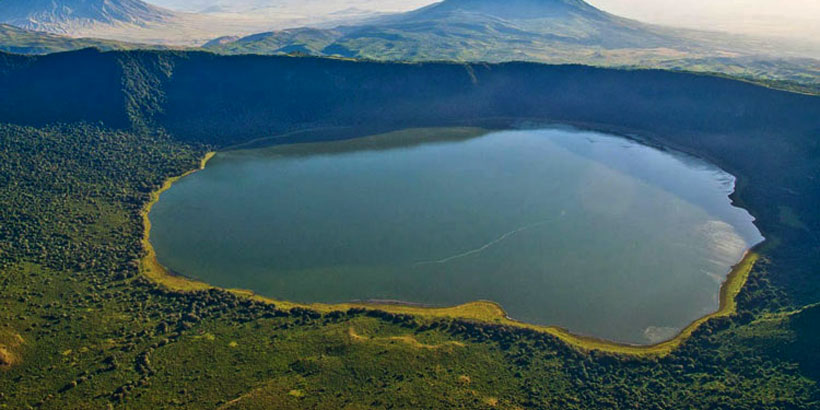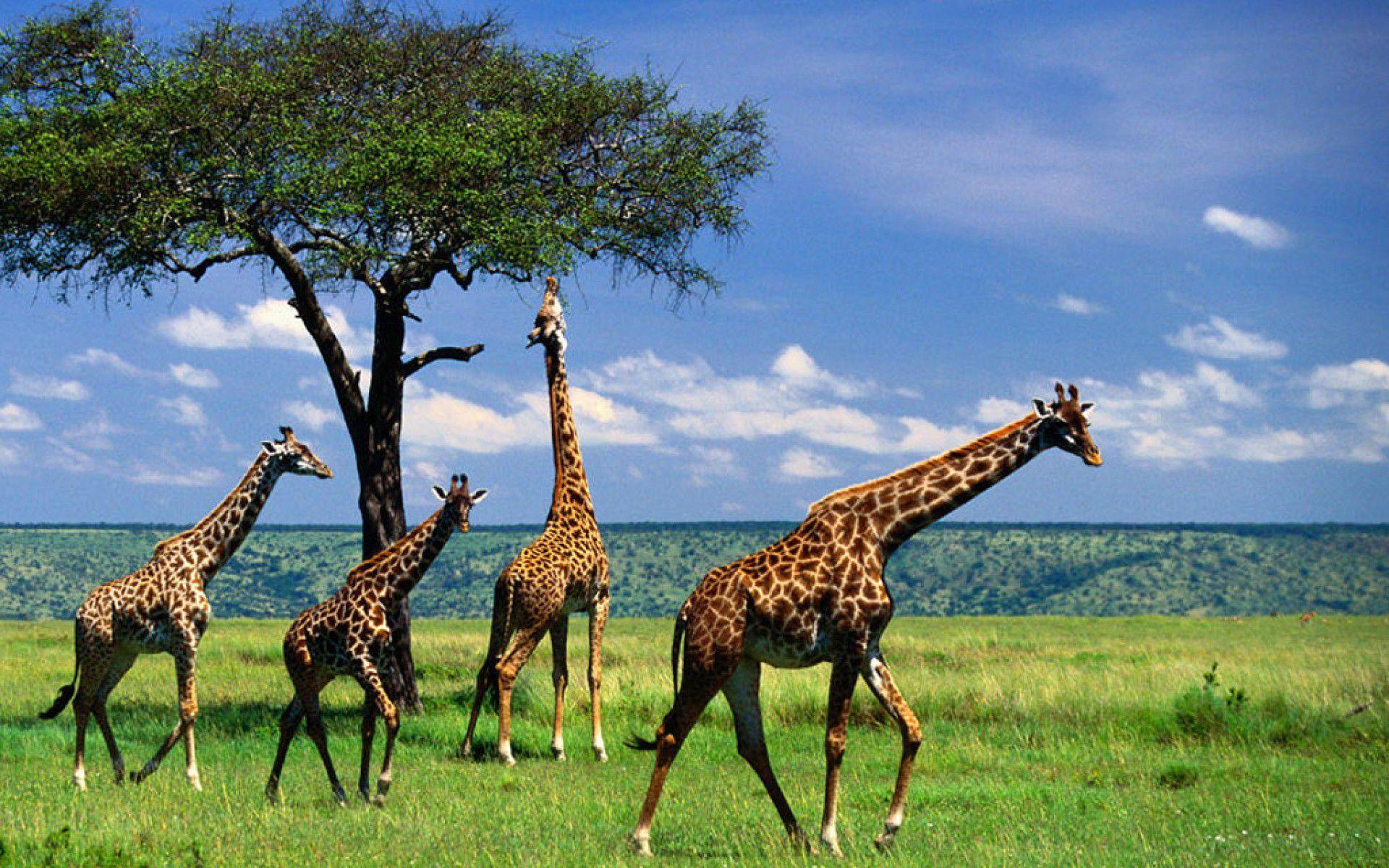Introduction
When it comes to natural wonders, few can match the breathtaking beauty and ecological significance of the Ngorongoro Crater. This iconic landmark, located in Tanzania, East Africa, is a testament to the Earth’s incredible geological processes and rich biodiversity. Known for its unique formation and stunning landscapes, the Ngorongoro Crater is a must-visit destination for travelers and nature enthusiasts alike.
Geographical Location
The Ngorongoro Crater is situated in northern Tanzania, within the Ngorongoro Conservation Area, which lies in the Arusha Region. It is part of the Great Rift Valley, a major geological feature stretching from the Middle East to southeastern Africa. The crater’s coordinates are approximately 3.20°S latitude and 35.35°E longitude, placing it in a region renowned for its natural beauty and ecological diversity.
Size and Dimensions
The Ngorongoro Crater is the largest intact volcanic caldera in the world. Key dimensions include:
- Diameter: The crater spans about 19 kilometers (12 miles) across.
- Crater Floor Area: The floor of the caldera covers approximately 260 square kilometers (100 square miles).
- Depth: The crater’s floor lies about 600 meters (2,000 feet) below the rim, creating a dramatic landscape.
Altitude
- Rim Elevation: The rim of the crater is elevated between 2,200 and 2,400 meters (7,200 to 7,900 feet) above sea level, offering panoramic views of the surrounding landscape.
- Crater Floor Elevation: The floor of the crater is situated at approximately 1,800 meters (5,900 feet) above sea level.
Awards and Recognition
The Ngorongoro Crater’s exceptional natural beauty and ecological importance have earned it numerous awards and recognitions:
- UNESCO World Heritage Site: Designated in 1979, the Ngorongoro Crater is celebrated as a UNESCO World Heritage Site. This prestigious designation acknowledges its outstanding universal value, recognizing the crater’s unique geological features and rich biodiversity.
- Global 200 Ecoregions: The Ngorongoro Crater is included in the “Global 200” ecoregions, a list compiled by the World Wildlife Fund (WWF) highlighting the most critical regions for global biodiversity conservation.
- Top Travel Destinations: The crater frequently ranks among the top travel destinations globally, thanks to its remarkable wildlife viewing opportunities and spectacular landscapes.
Conclusion
The Ngorongoro Crater, located in Tanzania, stands as a testament to the Earth’s geological history and ecological richness. Its massive size, unique altitude, and significant conservation value make it a standout destination for travelers seeking natural wonders. Recognized as a UNESCO World Heritage Site and included in the Global 200 Ecoregions, the Ngorongoro Crater offers an unparalleled experience for anyone eager to explore one of Africa’s most extraordinary landmarks.
Plan your visit to the Ngorongoro Crater and immerse yourself in the unparalleled beauty and diversity of this remarkable destination.




